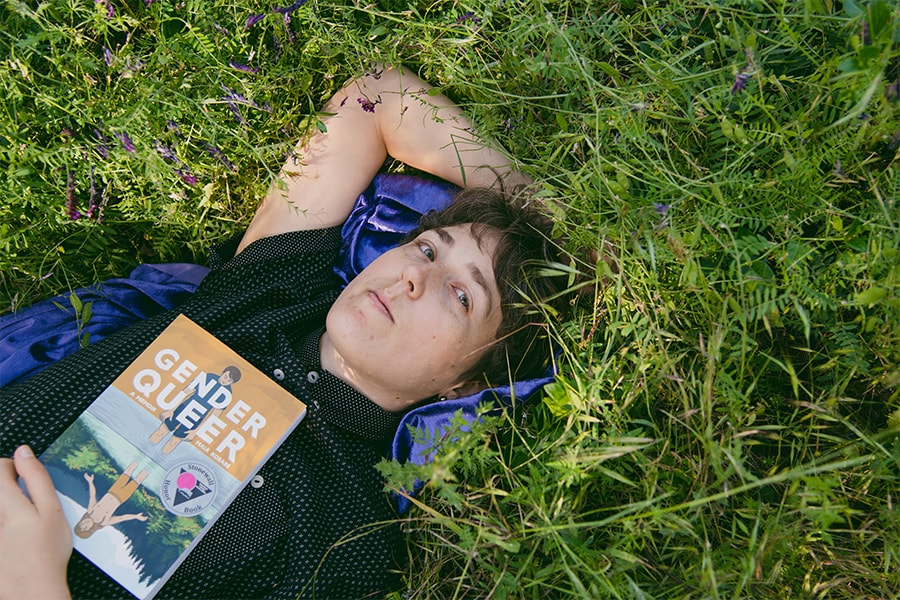
How a debut graphic memoir became the most banned book in the US
Some who have lobbied to have the memoir removed from schools say they have no issue with the author's story or identity. It's the sexual content in "Gender Queer" that is not appropriate for children or school libraries
 Maia Kobabe, the author of the graphic novel and memoir “Gender Queer,” in Santa Rosa, Calif., April 25, 2022. The book about coming out nonbinary has landed the author at the center of a battle over which books belong in schools, and who gets to make that decision. (Marissa Leshnov/The New York Times)
Maia Kobabe, the author of the graphic novel and memoir “Gender Queer,” in Santa Rosa, Calif., April 25, 2022. The book about coming out nonbinary has landed the author at the center of a battle over which books belong in schools, and who gets to make that decision. (Marissa Leshnov/The New York Times)
Coming out as bisexual in high school had been relatively easy: Maia Kobabe lived in the liberal San Francisco Bay Area and had supportive classmates and parents. But coming out as nonbinary years later, in 2016, was far more complicated, Kobabe said. The words available failed to describe the experience.
“There wasn’t this language for it,” said Kobabe, 33, who now uses gender-neutral pronouns and doesn’t identify as male or female. “I just thought, I am wanting to come out as nonbinary, and I am struggling with how to bring this up in conversation with people. And even when I am able to start a conversation about it, I feel like I am never fully able to get my point across.”
So Kobabe, an illustrator who still lives in the Bay Area, started drawing black-and-white comics about wrestling with gender identity and posting them on Instagram. “People started responding with things like, ‘I had no idea anyone else felt this way; I didn’t even know that there were words for this’,” Kobabe said.
Kobabe expanded the material into a graphic memoir, “Gender Queer,” which was released in 2019 by a comic book and graphic novel publisher. The print run was small — 5,000 copies — and Kobabe worried that the book wouldn’t find much readership.
Then, last year, the book’s frank grappling with gender identity and sexuality began generating headlines around the country. Dozens of schools pulled it from library shelves. Republican officials in North and South Carolina, Texas and Virginia called for the book’s removal, sometimes labeling it “pornographic.”
©2019 New York Times News Service







